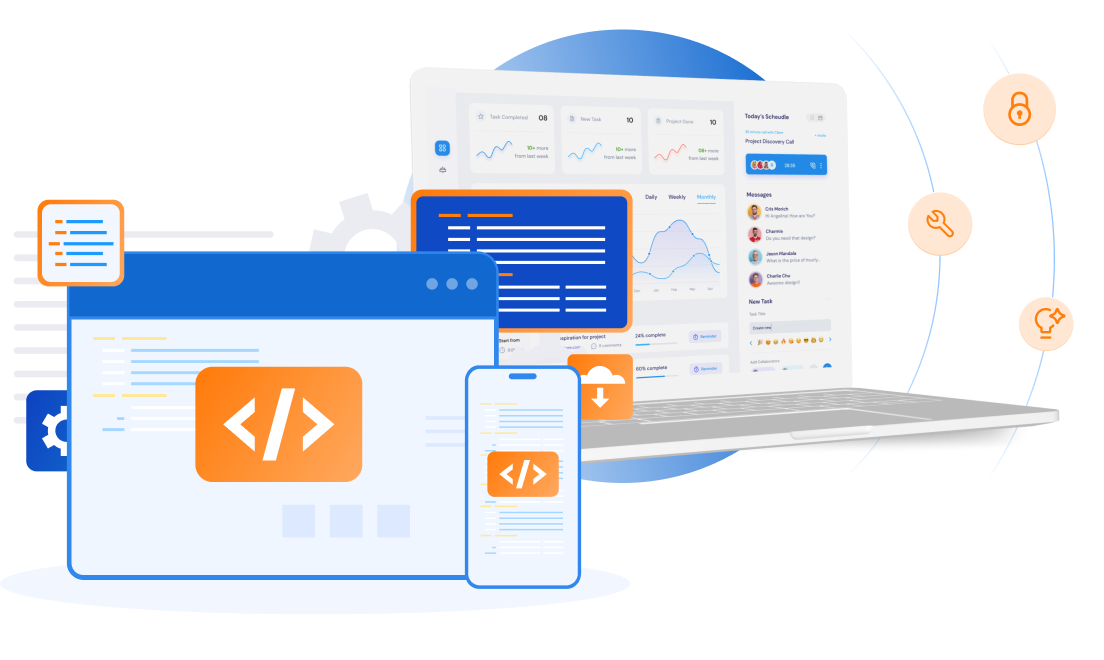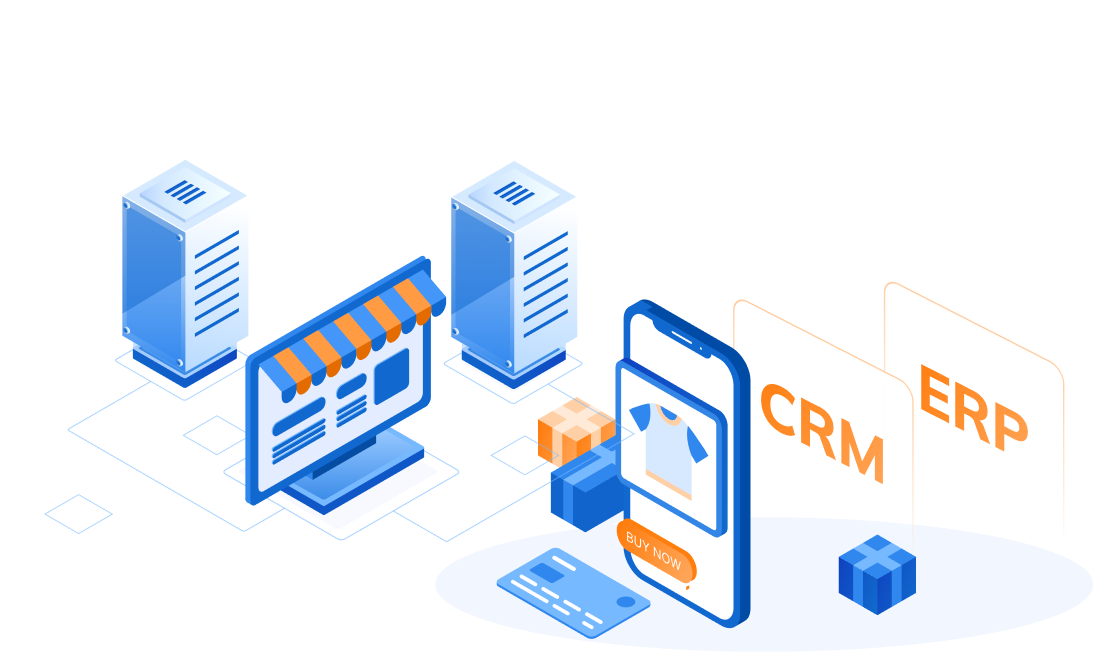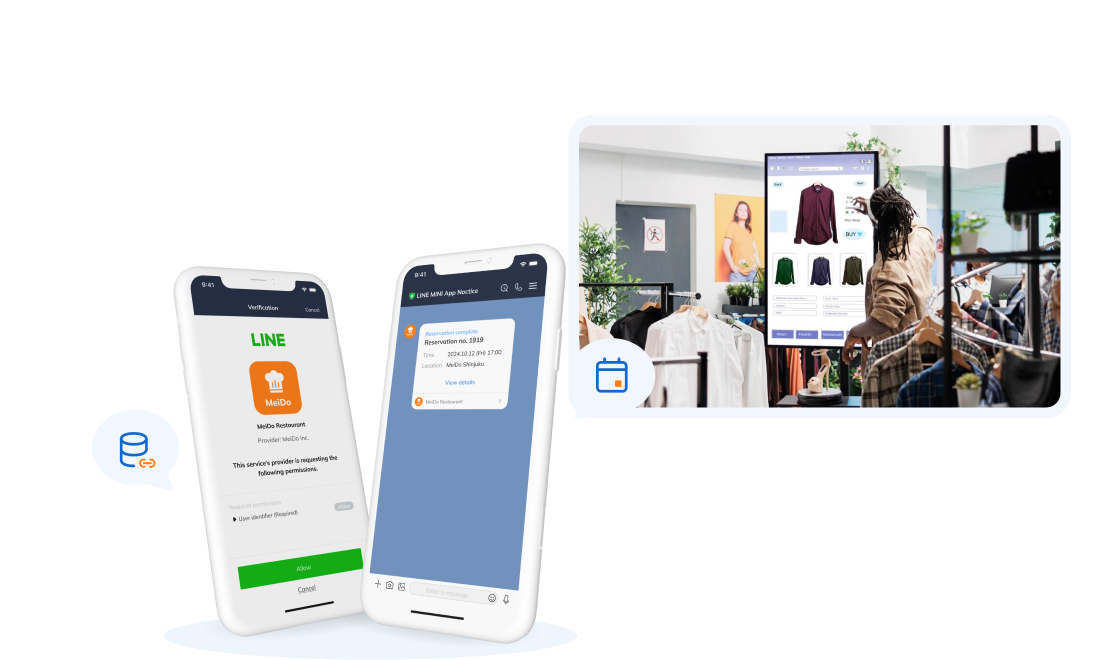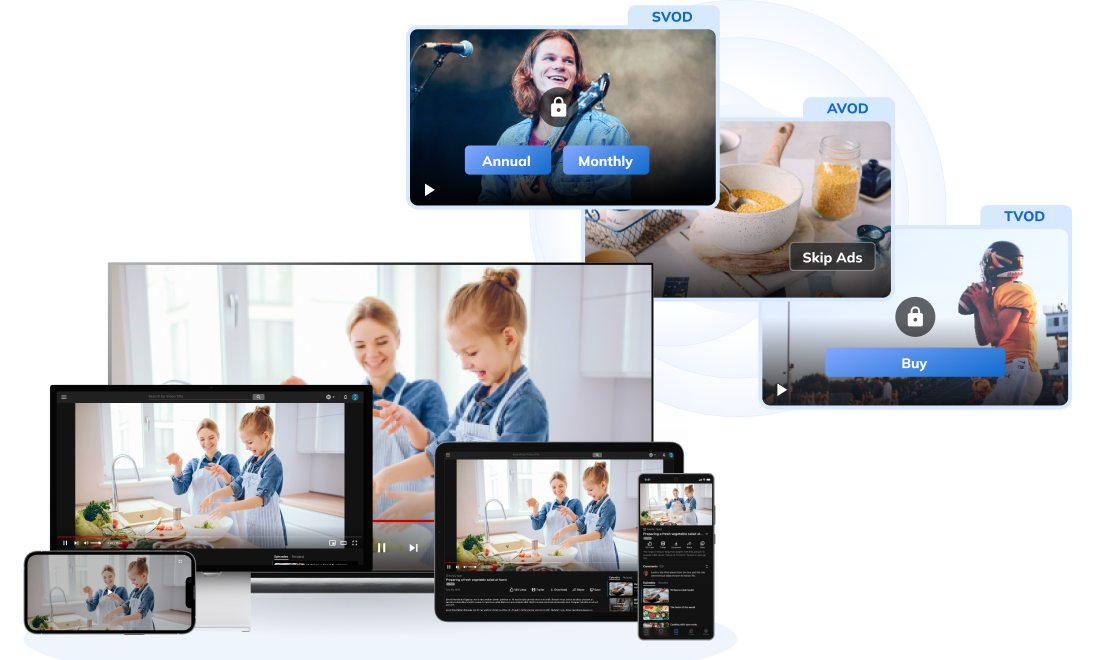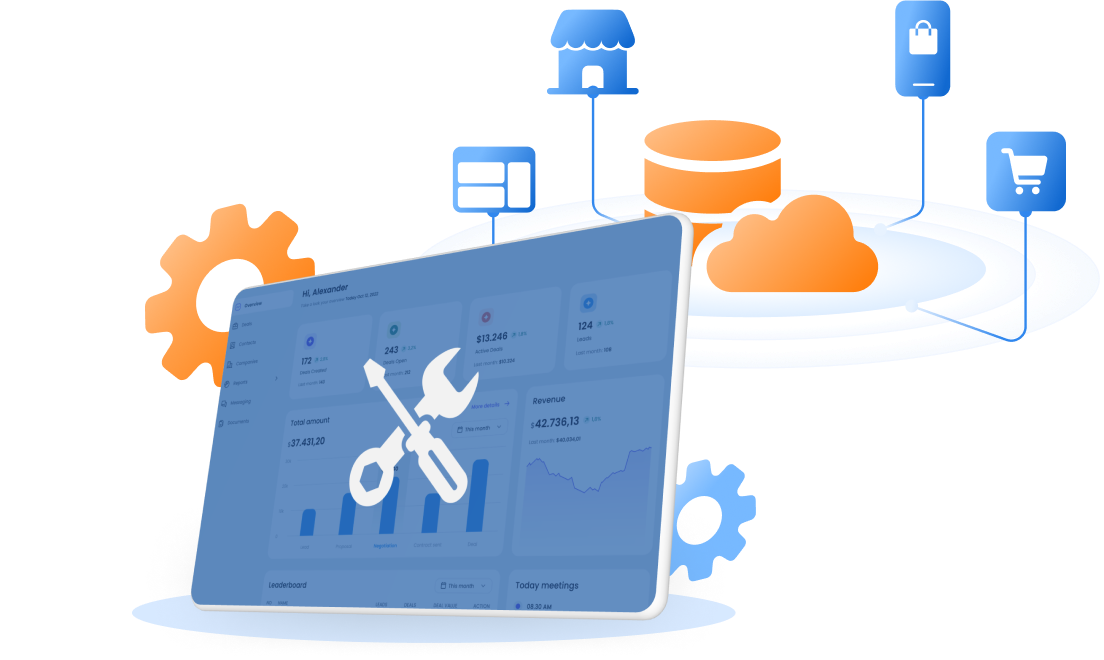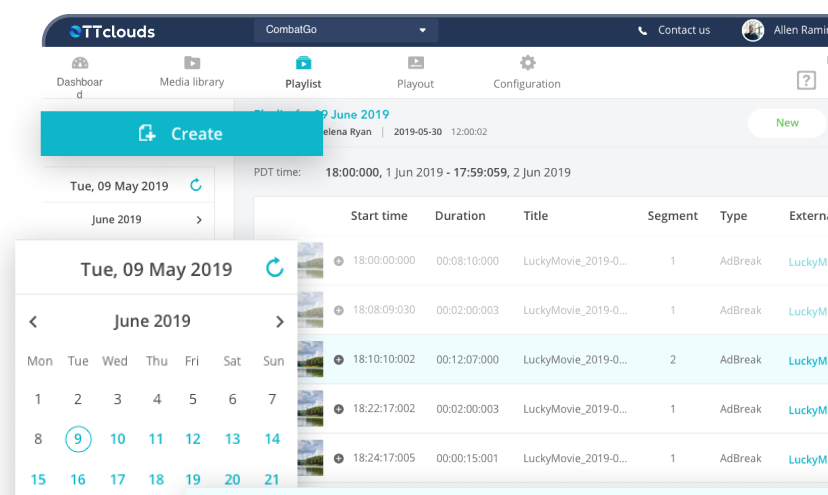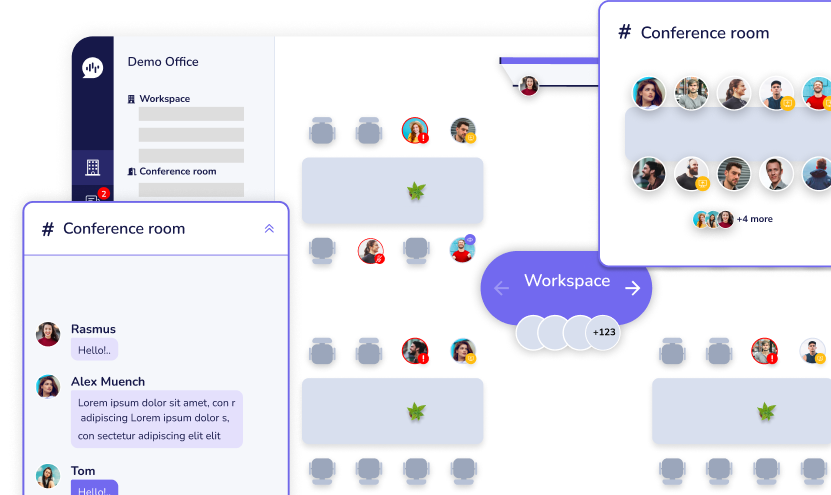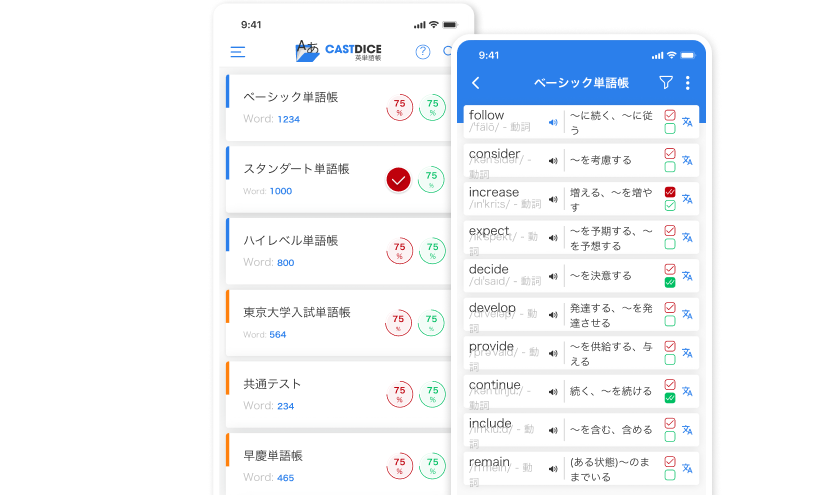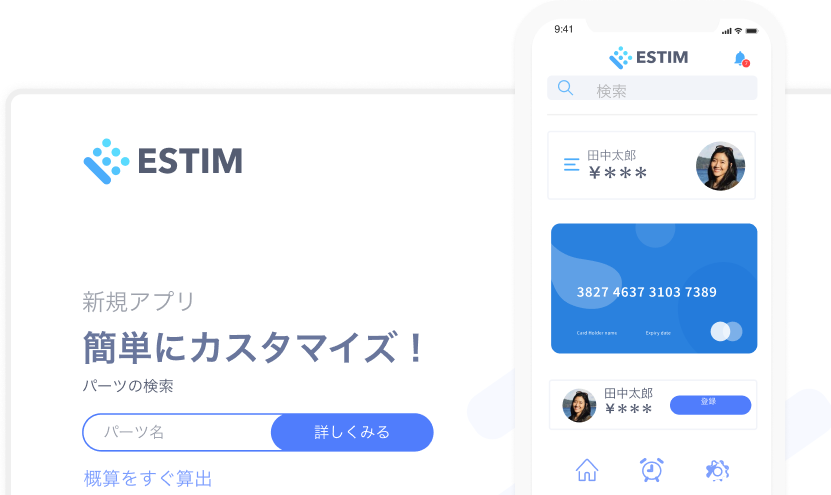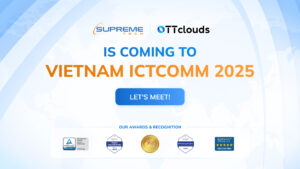Enterprise-level AWS migration for a Global Luxury Jewelry Brand
09/06/2025
656
SupremeTech is now working closely with a globally recognized luxury jewelry retailer to migrate the LINE MINI App system from a “stand-alone” infrastructure to a globally managed AWS organization without disrupting operations or compromising brand quality.
In this project, the SupremeTech team has navigated complex integrations, multi-regional coordination, and a highly-layered digital ecosystem. Through product-focused execution, proactive risk management, and strategic alignment, the team delivered the system migration successfully without service disruption.
A Glimpse Inside a Brand’s Operations
As a luxury brand with a long-standing heritage, our client operates in a highly complex environment where every decision is carefully reviewed across multiple layers of management. Balancing this thoughtful, legacy-driven approach with the fast pace of modern technology is no small feat.
The brand operates in a complex environment. Every move has to be carefully thought through by a great number of decision-making layers. The nature of technology is modern and fast-changing, which generally contradicts what the legacy brand is reputed for.
Nonetheless, luxury brands are born to be the most exquisite trendsetters of the world, so even when it comes to digital transformation, people expect no less than perfection. There’s no room for disruption, no margin for error, and every change must align with the brand’s exceptional standards.

Here’s what makes the system migration so complex:
- Global operations mixed with unique brand expectations in each market
- Extremely high customer expectations, both in-store and online
- Coordinating across internal teams, regions, and business units
- Adhering to varying regulations within the system migration
Challenges from Infrastructure migration for A Complex System
SupremeTech was engaged to develop a LINE MINI App for event registration during Q3–Q4 2024. Previously, the app operated independently, but the goal was to connect it with the brand’s internal infrastructure to enable seamless data flow, enhance cost tracking, and ensure consistent operations across teams.
Technical Challenges
1. Steep Learning Curve
Although we have a lot of experience with AWS services, diving into enterprise-level solutions introduced new challenges. It is still a significant hurdle for our team to learn, effectively use, and master tools like Kubernetes deployment, Datadog, and Argo CD within just a few weeks.
With only two tech members, each of us had to upskill and take ownership quickly. For 3–4 months, we balanced daytime implementation and communication with the enterprise support team while spending nights learning the tool to tackle the project’s growth.
2. Infrastructure Integration
Another major challenge was migrating our application’s infrastructure with the enterprise’s complex existing systems. While we had a confirmed workflow and support from the enterprise team, translating that into working code proved more difficult than expected.
One example was setting up a proxy for application security—a critical component that introduced unexpected problems. This was also the first time a third-party vendor’s app was being migrated into the enterprise environment, so there was no clear blueprint. We gradually uncovered hidden requirements, such as additional permissions and configuration access, revealing just how much more we needed to understand the system’s inner workings.
Project Management Hurdles
1. Adapting to Multi-Layer Entrepreneurial Ecosystems
The client’s operations were not only large but also multi-dimensional, with several entrepreneurial arms. SupremeTech had to understand this complex structure and build systems that supported flexibility rather than fixed processes.
Communication across many divisions within the client’s multinational operations team was another major challenge. We believe this would not have been possible without the strong commitment of our development team to deliver the best-fit solutions, especially the efforts of our Business Analyst.
2. Cross-Time-Zone Collaboration
The client-side teams operated across multiple regions, including Japan, Southeast Asia, and Europe. To coordinate effectively, they had to deal with time zone differences, cultural differences, and varying work styles.
So, how did we tackle such a Complex Transformation within a limit time?
Navigating the challenges with both technical expertise and ownership
To keep up with global demand and high expectations from customers, the client needed to modernize its internal systems. But making changes at this scale wasn’t easy. SupremeTech had to overcome a range of technical and coordination challenges to ensure a smooth and successful transition:
Proactive Mindset
Quickly learning the workflow and system wasn’t enough; we had to troubleshoot why the app wasn’t working. Whether it was due to gaps in our understanding or setup issues from the support team, we had to keep moving forward, identify the root cause, and ensure successful deployment.
SupremeTech engineers took the initiative step by step. They identified potential risks, assessed the impact on all stakeholders, and built mitigation strategies directly into the project timeline. This approach helped the team meet delivery milestones without compromising quality, even under tight constraints.
Flexible Work Approach
Working with just four team members on a project of this scale required laser focus and disciplined execution. With a product-focused mindset, with limited resources, it was crucial that every team member understood the broader system and took accountability for both outcomes and cross-functional collaboration.
Streamlined Communication with a Clear Source of Truth
Using chat channels was fast and convenient for communication across time zones. However, to avoid scattered updates, we created a single source of truth by setting up centralized documentation. This helped keep tasks clear, accountable, and on track.
The team also placed a strong focus on role clarity. Everyone knew who was responsible for each task, who had the authority to approve it, and who should escalate any issues. This ensured smooth decision-making during critical moments.
Shared Entrepreneurial Energy
This wasn’t just a technical assignment. SupremeTech saw it as a shared venture. By aligning with the client’s entrepreneurial mindset, we became a strategic ally rather than just a vendor.
This project demonstrated that even the most complex transformations can be successful with the right approach. By staying aligned with the client’s brand values, adapting to change, and working seamlessly across teams and borders, we delivered a solution that was both robust and future-ready.

Here are some key takeaways for others on a similar journey:
Keys takeaways
For Luxury Brand Leaders
Digital transformation doesn’t have to be disruptive. With clear goals, strong collaboration, and the right technology partner, even complex system migration can run smoothly. The key is aligning innovation with the company’s brand identity, operational reality, and long-term vision.
For IT & Digital Teams
We would suggest
- Design for change. Business needs can shift quickly, so systems must be able to adapt. Flexibility is not a bonus option. It is essential for long-term success.
- Plan for the future. Scalable architecture solves more than current problems. It helps save time, reduce costs, and prevent technical debt in the future.
- Collaborate across regions and teams. In global projects, strong coordination across departments, cultures, and time zones is not optional. It is the key to real progress.
We understand that one success does not ensure the next, so we treat every upcoming opportunity as a great chance to learn. Each project will present new challenges to test our technical capabilities and project management skills. These challenges will sharpen our competencies and refine how we deliver, regardless of the situation’s complexity.
>>> Read more related articles:
- LINE Mini App: Digital Transform Customer Service with Digital Point Cards
- LINE and Mobile Commerce Platform in Japan
Future Prospects
For the Client
With this new digital infrastructure in place, the brand is now better prepared to deliver personalized, localized, and premium experiences across flagship stores, regional boutiques, and online platforms. The foundation is ready to support future innovation in areas such as CRM, client interfaces, and omnichannel commerce.
For SupremeTech
This project demonstrated and validated our ability to operate as a reliable strategic partner to luxury brands undergoing digital transformation at scale. We don’t just deliver code; we elevate customer experience and build technology that scales with ambition, while also preserving its heritage and protecting it.
SupremeTech’s Service for Luxury Brands
How We Help Luxury Brands Transform
At SupremeTech, we specialize in helping luxury and retail brands navigate technical complexity with elegance and precision.
Our tailored services include:
- Platform Strategy & Integration
- System Migration & Legacy Tech Upgrade
- LINE & Salesforce Integration
- Event Management Systems
- Custom Digital Advisory
Want to know more about the LINE MINI App project for this client? Explore in the second episode of this series:
>> Enhance the Customer Experience on Digital Platforms for Luxury Brands
We understand what’s at stake for your brand equity, reputation, and customer loyalty, and we treat every project with that level of care.
Looking to future-proof your luxury brand’s digital infrastructure?
Please consult with our experts to discover how we can help you align your technology with your brand’s vision.
Development systems and technologies
Below are the resources and technologies we use to develop the services:
- Details of entrustment: Design, Implementation, Testing, Migration, Maintenance & Operation
- Platform: LINE MINI App (WebApp)
- Development language: NextJS (React Framework), TypeScript
- Team structure:
- 2 MM x 4 months
- Project Tech Lead 0.5
- Business Analyst 0.5
- Infra Engineer 0.5
- Quality Control 0.5


